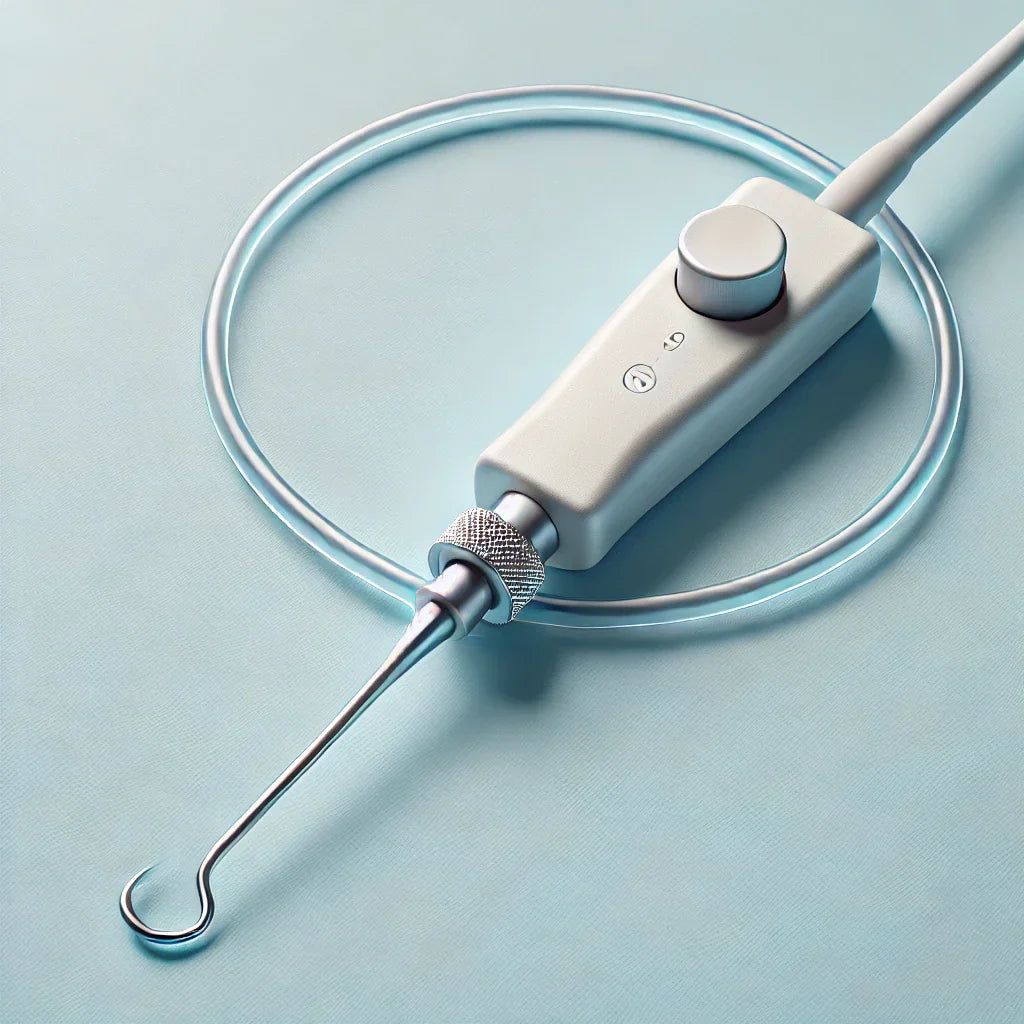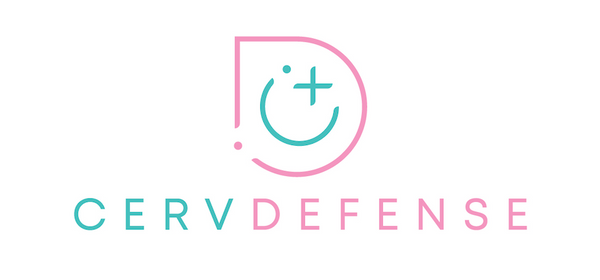
Rethinking LEEP: Exploring the Need for LEEP Alternative Solutions in Cervical Dysplasia Treatment
Share
While LEEP (Loop Electrosurgical Excision Procedure) is a standard treatment for cervical dysplasia, recent studies suggest that repeating the procedure after an incomplete excision might not always be necessary—and this calls into question the broader use of LEEP in general. LEEP procedures, while effective in removing abnormal cells, come with a range of problematic side effects. Women may experience complications such as weakened cervical tissue, which can lead to issues like cervical incompetence, difficulties carrying pregnancies to term, and increased risks of preterm birth.
Given these potential side effects, it's crucial to explore LEEP alternative solutions to managing cervical dysplasia. Research shows that even after incomplete excision (when abnormal cells remain), many women do not develop persistent or recurrent high-grade lesions. Regular monitoring through follow-up screenings, including HPV testing, might be a safer and more effective way to manage cervical health—without the need for repeat LEEP procedures. By avoiding unnecessary surgeries, we can prevent the harmful long-term impacts on women's reproductive health.
If you've had a LEEP with unclear margins, talk to your healthcare provider about alternatives to further procedures. There are LEEP alternative solutions that can manage cervical dysplasia that focus on preserving fertility and overall well-being. Read more about the study in Frontiers.



